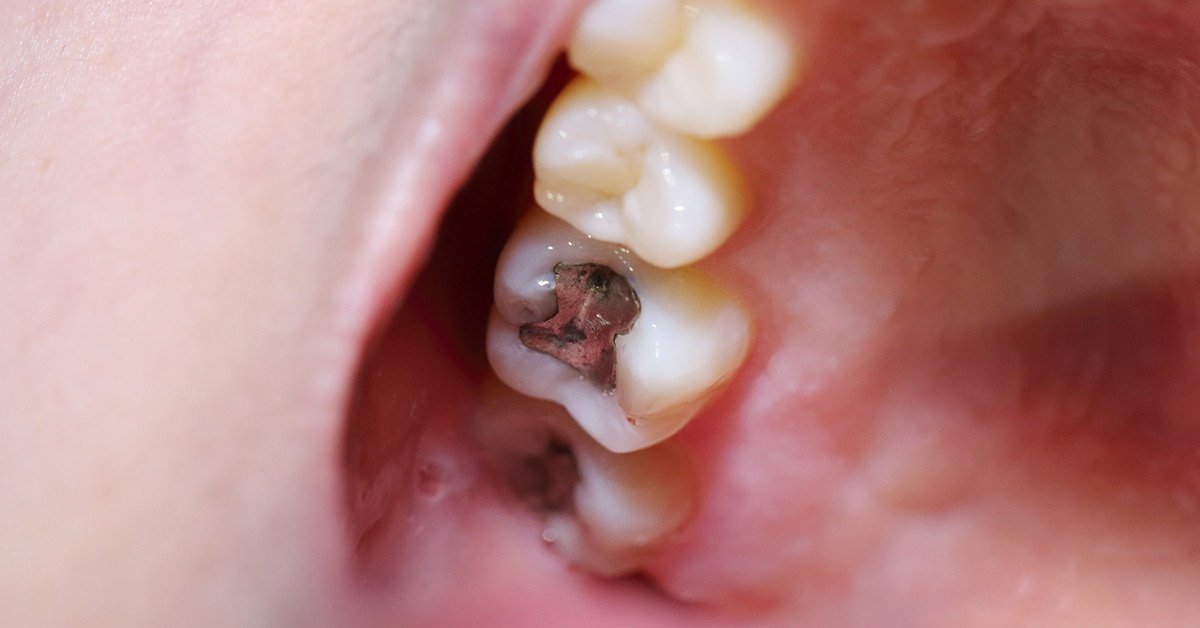New Filling Pain

The woes of toothaches and dental filling pain - a concern that has plagued individuals for centuries, with ancient civilizations employing various remedies, from chewing on willow bark to using twigs with a frayed end to brush teeth. As dental care continues to evolve, the materials and techniques used for fillings have become more sophisticated, but the anxiety and discomfort associated with the process remain a pressing issue. In this article, we will delve into the world of fillings, exploring the causes of pain, the latest advancements in dental materials, and the steps you can take to minimize discomfort and ensure a successful procedure.
Understanding Dental Fillings
Dental fillings are a common procedure used to repair teeth that have been damaged by decay, cracks, or other forms of trauma. The process involves removing the damaged portion of the tooth and filling the cavity with a material such as amalgam, composite resin, or gold. While fillings are an effective way to restore the health and function of a tooth, they can sometimes cause pain or discomfort, especially if the filling is not properly fitted or if the tooth is particularly sensitive.
Causes of Filling Pain
There are several reasons why you may experience pain or discomfort after receiving a dental filling. Some of the most common causes include:
- Inflammation: The tooth and surrounding tissue may become inflamed after the filling procedure, leading to pain and sensitivity.
- High filling: If the filling is not properly shaped or polished, it can cause the tooth to hit the opposing tooth too hard, leading to pain and discomfort.
- Nerve damage: In some cases, the filling procedure can cause damage to the nerve of the tooth, leading to pain, sensitivity, and even infection.
- Allergic reactions: Some individuals may be allergic to certain materials used in dental fillings, such as amalgam or composite resin.
- Cavity size: Larger cavities may require more extensive filling procedures, which can lead to increased pain and discomfort.
To mitigate these risks, it is essential to choose a qualified dentist who uses the latest techniques and materials. For instance, the use of laser dentistry can help minimize the risk of nerve damage and reduce the need for anesthesia. Additionally, advancements in dental materials, such as the development of composite resins that mimic the natural color and texture of teeth, have made fillings more aesthetically pleasing and durable.
The Latest Advancements in Dental Materials
In recent years, there have been significant advancements in dental materials, with a focus on developing more durable, aesthetic, and biocompatible options. Some of the latest developments include:
- Nanotechnology: Researchers are exploring the use of nanotechnology to create dental materials with improved mechanical properties and biocompatibility.
- Bioactive materials: Bioactive materials, such as bioactive glass and calcium phosphate, are being developed to promote tissue regeneration and repair.
- 3D printing: 3D printing technology is being used to create custom dental implants, bridges, and dentures with improved accuracy and precision.
These advancements have the potential to revolutionize the field of dentistry, enabling dentists to provide more effective and personalized treatments. For example, the use of bioactive materials can help promote the regeneration of dental tissue, reducing the need for fillings and other restorative procedures.
Minimizing Discomfort
While some level of discomfort is to be expected after a dental filling, there are steps you can take to minimize pain and ensure a successful procedure. Some tips include:
- Follow post-procedure instructions: Your dentist will provide you with specific instructions to follow after the procedure, such as avoiding certain foods or activities.
- Take pain medication: Over-the-counter pain medications, such as ibuprofen or acetaminophen, can help alleviate pain and discomfort.
- Use a desensitizing toothpaste: Desensitizing toothpastes can help reduce sensitivity and pain.
- Avoid certain foods: Avoid eating or drinking hot, cold, or acidic foods and beverages, as these can exacerbate pain and sensitivity.
By following these tips and staying informed about the latest developments in dental materials and techniques, you can help ensure a successful and comfortable dental filling procedure.
FAQ Section
What are the most common causes of filling pain?
+The most common causes of filling pain include inflammation, high filling, nerve damage, allergic reactions, and cavity size. Proper fit and material selection can help minimize these risks.
How can I minimize discomfort after a dental filling?
+To minimize discomfort, follow post-procedure instructions, take pain medication as directed, use a desensitizing toothpaste, and avoid certain foods and activities. It's also essential to choose a qualified dentist who uses the latest techniques and materials.
What are the latest advancements in dental materials?
+Recent advancements in dental materials include the use of nanotechnology, bioactive materials, and 3D printing. These developments have the potential to improve the durability, aesthetics, and biocompatibility of dental fillings and other restorative procedures.
By understanding the causes of filling pain, staying informed about the latest developments in dental materials, and taking steps to minimize discomfort, you can help ensure a successful and comfortable dental filling procedure. Remember, a healthy and beautiful smile is just a visit away.


